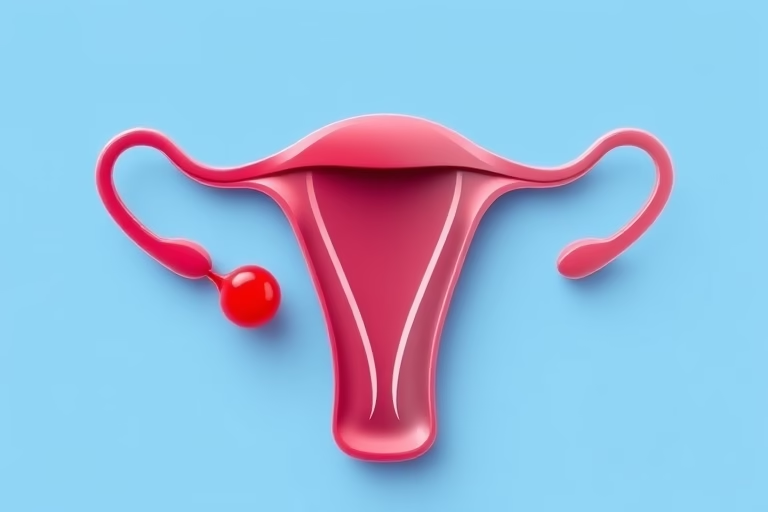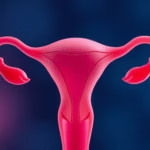“`html
Understanding the difference between ovulation bleeding and implantation bleeding is essential for reproductive health awareness. While these two occurrences can sometimes be mistaken for one another, they represent different physiological events in a woman’s menstrual cycle. This discussion sheds light on both types of bleeding, their causes, signs, and what they imply about a woman’s health.
Ovulation bleeding is a light spotting that occurs around the time of ovulation, which is usually about mid-cycle. On the other hand, implantation bleeding occurs when a fertilized egg attaches itself to the uterine lining, typically a week or so after conception. Knowing the differences between these types of bleeding can help individuals better understand their bodies and their reproductive health status.
Understanding Ovulation Bleeding
Ovulation bleeding can be characterized by light spotting that occurs during ovulation. This spotting generally happens about 14 days before the start of a woman’s next menstrual period. Understanding this phase is important for those tracking their menstrual cycles or trying to conceive.
The bleeding occurs due to hormonal changes in the body as the ovaries release an egg. During this process, there may also be a slight drop in estrogen levels, which can lead to light spotting. Women may notice this spotting as brown or pink discharge, rather than bright red blood, which is associated with menstruation.
There are several key indicators of ovulation bleeding that can help differentiate it from other types of bleeding:
- Timing: Occurs mid-cycle, around Day 14 of a typical 28-day cycle.
- Color: Usually pink or brown, not bright red.
- Duration: Lasts from a few hours to a couple of days.
- Flow: Very light, often not requiring a pad or tampon.
It’s essential for women to be familiar with their cycles and any changes they might experience. Recognizing ovulation bleeding can aid in planning for conception and understanding reproductive health.
Understanding Implantation Bleeding
Implantation bleeding occurs when a fertilized egg embeds itself into the uterine wall. This process usually takes place between 6 to 12 days after conception, which means it typically happens about a week after ovulation.
Unlike ovulation bleeding, implantation bleeding is often slight and can be mistaken for a light menstrual period. Women may notice some brown or light pink spotting, which is generally different in timing and context compared to menstrual bleeding or ovulation bleeding.
Some signs that indicate implantation bleeding include:
- Timing: Usually occurs about one week after ovulation.
- Color: Often brown or light pink, rather than bright red.
- Duration: Can last from a few hours to a few days.
- Flow: Typically lighter than a regular period.
If a woman suspects that she might be pregnant, recognizing the signs of implantation bleeding can be one of the early hints of pregnancy. This information is crucial for those who are trying to conceive or monitoring their menstrual health.
Common Symptoms of Ovulation and Implantation Bleeding
Being aware of the symptoms associated with both types of bleeding is important for women. Here are some common symptoms that they might experience during either ovulation bleeding or implantation bleeding:
- Ovulation Symptoms:
- Light spotting during ovulation.
- Changes in cervical mucus, which can become more abundant and stretchy.
- Pain or discomfort on one side of the lower abdomen (often referred to as mittelschmerz).
- Increased libido due to hormonal changes.
- Implantation Symptoms:
- Light spotting that occurs approximately one week after ovulation.
- Possible mild cramping.
- Additional pregnancy symptoms such as breast tenderness or nausea after a missed period.
Women experiencing any unusual spotting should consult a healthcare provider to rule out any underlying health issues.
When to Seek Medical Attention
While ovulation bleeding and implantation bleeding are generally considered normal and natural occurrences, certain conditions may require medical attention. It is vital to know when to reach out to a healthcare provider.
If bleeding is heavier than expected, accompanied by severe pain, or if there are signs of infection (such as fever or unusual discharge), it may indicate a more serious issue. Here are some situations to watch out for:
- If spotting lasts more than three days.
- If the bleeding is bright red and heavy, similar to a menstrual period.
- If there are any signs of a possible miscarriage.
- If there is severe pain accompanying the light spotting.
Knowing when to seek medical advice can help ensure that any potential issues are addressed timely, ensuring optimal reproductive health.
Myths and Misconceptions About Bleeding
There are various myths related to ovulation bleeding and implantation bleeding. Clarifying these misconceptions is essential for women’s health:
- Myth: Implantation bleeding is the same as a menstrual period.
Fact: Implantation bleeding is much lighter and shorter than a regular period.
- Myth: All women experience ovulation bleeding.
Fact: Not every woman has noticeable ovulation bleeding; it varies from person to person.
- Myth: If you experience spotting, you are definitely pregnant.
Fact: Spotting can be due to various reasons, including hormonal changes.
Educating oneself about these myths can help individuals have a more profound understanding of their reproductive health and spotting experiences.
Final Thoughts
In summary, it’s crucial to understand the difference between ovulation bleeding and implantation bleeding. Ovulation bleeding is a natural part of the menstrual cycle, occurring around mid-cycle, while implantation bleeding is a signal of pregnancy, occurring after fertilization. Recognizing the signs and symptoms associated with each type of bleeding can help women track their reproductive health better.
While light spotting can be a normal occurrence, being mindful of one’s body is essential. Any unusual bleeding should be discussed with a healthcare provider to ensure there are no underlying concerns. Knowledge is the key to better reproductive health, and understanding these differences will help individuals make informed decisions regarding their health.
Frequently Asked Questions
- What is the main difference between ovulation bleeding and implantation bleeding?
Ovulation bleeding occurs during ovulation around mid-cycle, while implantation bleeding occurs after conception, usually a week later.
- Can both types of bleeding be mistaken for each other?
Yes, they can be mistaken due to similarities in spotting color and timing, but they are associated with different physiological processes.
- Is implantation bleeding a sign of pregnancy?
Yes, it can be a sign of pregnancy, as it occurs when a fertilized egg attaches to the uterine lining.
- What should I do if I experience heavy bleeding?
If bleeding is heavier than expected or accompanied by pain, it’s important to consult a healthcare provider.
- Is it normal not to experience ovulation bleeding?
Yes, not all women experience ovulation bleeding; it varies among individuals.
“`
Further Reading
What Type of Psychotherapy Is Best for Anxiety?







